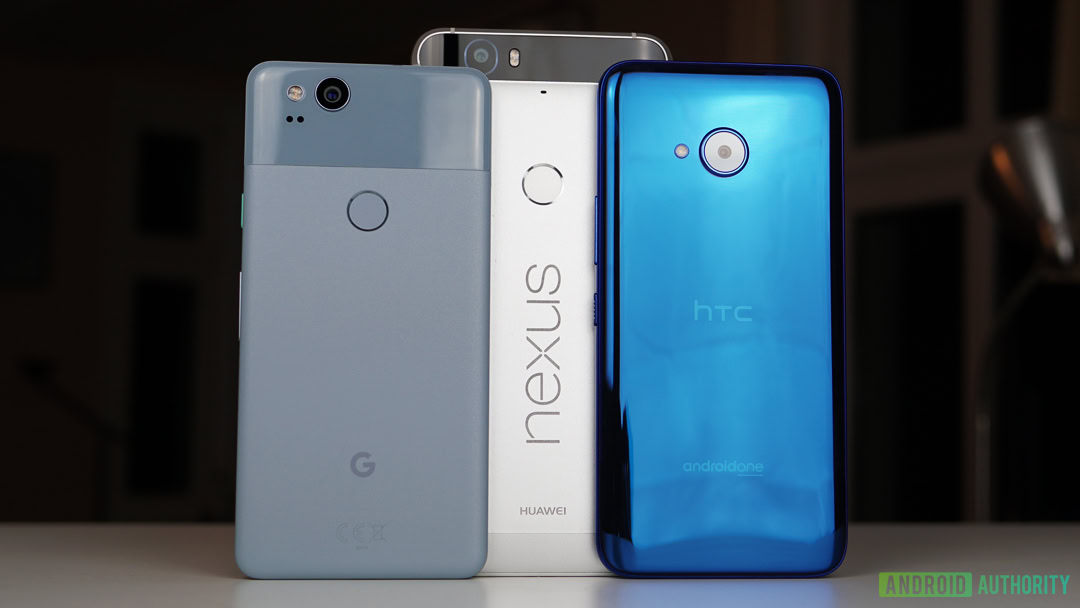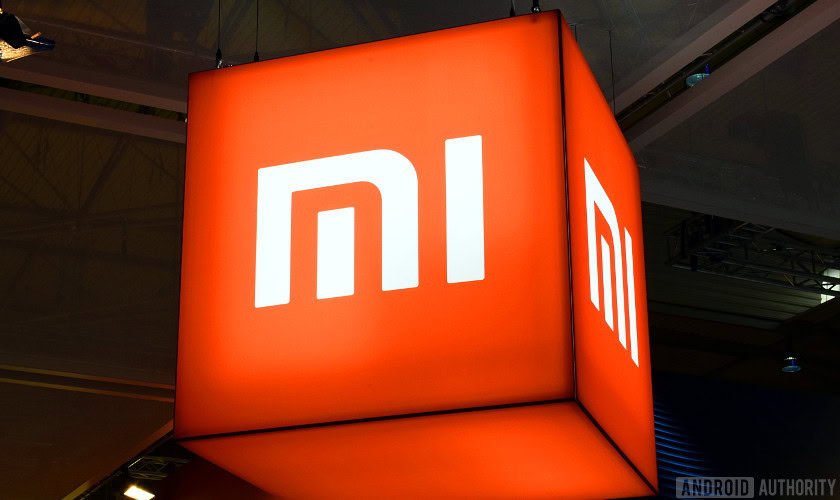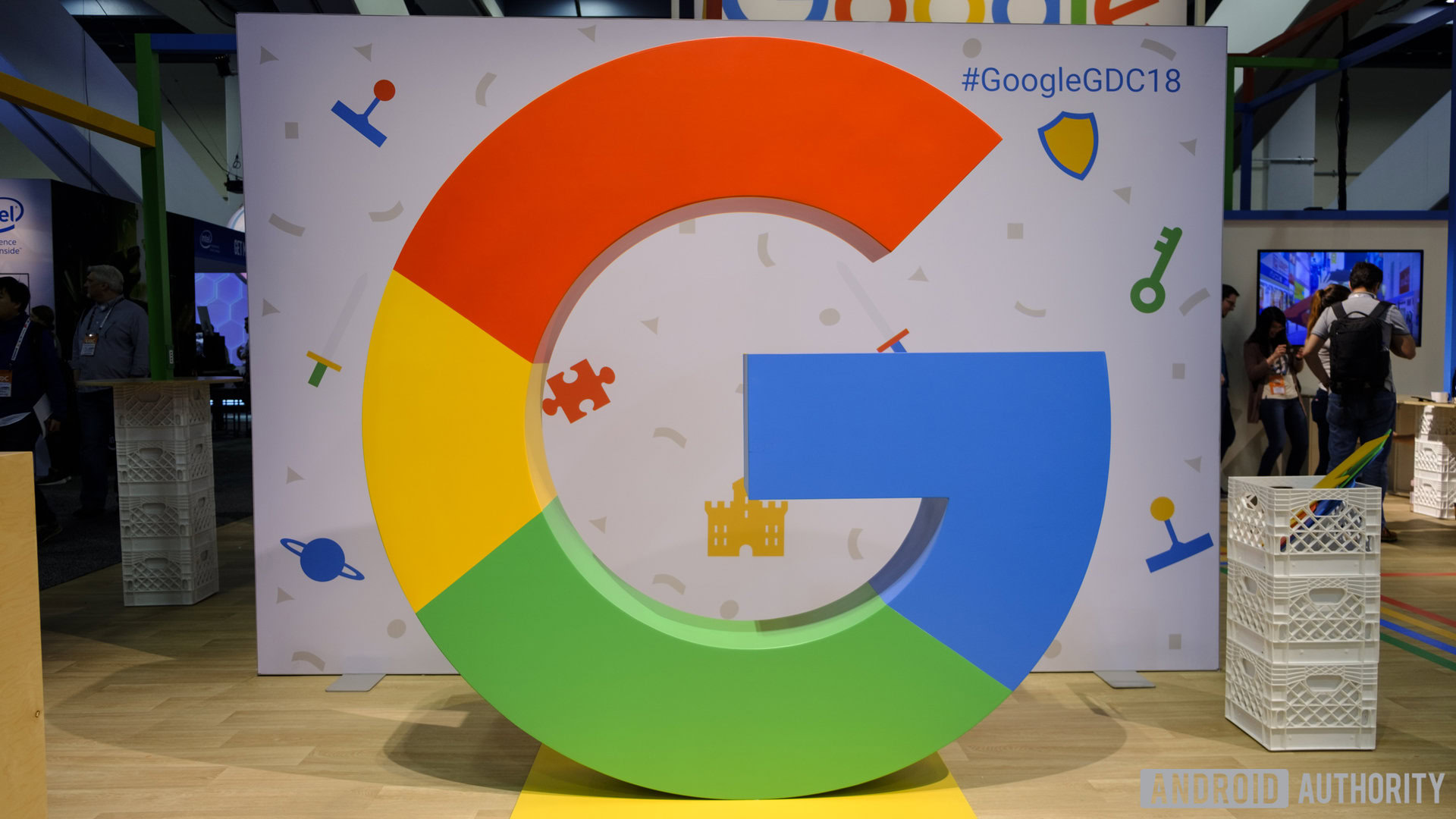Affiliate links on Android Authority may earn us a commission. Learn more.
What's the point of a mid-range Pixel?

Google is apparently gearing up for a mid-range Pixel smartphone, which is a curious proposition. The company has gone to considerable lengths curating a high-end brand with the Pixel series, known for top-class performance and cutting-edge photography capabilities. Those are not exactly familiar terms in the more budget-conscious market. Surely Google’s Android One initiative better caters to those looking for a mid-tier model.
The rumor suggests a mid-range Pixel could be targeted at emerging and growing markets — India seems most likely. This is due in no small part because yearly shipments are up 14 percent while international sales fell year-on-year. The 124 million units sold last year makes India the second-largest market, ahead of the U.S.. These factors could make a mid-range Pixel a strong seller, even without factoring in other potential markets like Malaysia, Nigeria, and South Africa.
A mid-range Pixel would be targeted at emerging and growing markets, of which India is the largest.
But Google isn’t really in the smartphone business to outsell its rivals and it certainly isn’t setting out to grab massive global share at this late stage. It’s likely interested in these markets for the same reason it continues to ship the Pixel in the West, despite the phone’s frankly pathetic market share.

Google wants to keep its hardware partners honest with some in-house competition and showcase its ideal Android experience. Android One continues to expand to new devices, such as the newly announced Nokias. In theory, a Pixel launch would be big enough to drive competition forward, but not so big as to undermine Google’s other plans and partnerships. Furthermore, Google needs to build recognition for its expanding ecosystem in emerging markets especially, given the company’s new focus on AI, smart home, and other associated products. India, among others, is primed for an explosion in the smart home business.
The make-up of the Indian market isn’t like the West though. It’s closer to China, where there’s an emphasis on competitively priced models with major bang-for-buck value — as is plain from the success of Xiaomi’s Redmi series in the country for example — but with its own unique flavor and spin. The currently expensive Pixel just isn’t what Indian consumers typically look for. A new region-specific smartphone would be necessary.

Keep an eye on the costs
It’s unfair to characterize India as a market only interested in cheap phones because of Android Go. Android One and the most popular brands in the market fall firmly into the mid-tier category. The average smartphone selling price in what GFK calls “Emerging Asia” — where India is by far the biggest player — hit 11,700 rupees ($180) in 2017, up from the year before. Popular handsets like the Redmi Note 4, Lenovo K8 Note, and Galaxy J7 Prime all fall right around this price mark.
Markets like India have a lower average selling point, and competitive Chinese brands have stepped in to meet demand.
For comparison, the average smartphone selling price in the U.S. is currently about $400 and the average global price is $324. The starting price for the Pixel 2 is 61,000 rupees ($950) in India. Its XL sibling will set you back 73,000 rupees ($1,122) or 82,000 rupees ($1,260), for 64GB or 128GB respectively. Its prohibitive pricing no matter what you are.
Google would have to launch at a much more competitive price point than the Pixel 2 if it wants to gain traction in India and other emerging asian markets. Of course, that would also mean cutting down the specs compared with the Pixel 2 and 2 XL, while still trying to capture the bang-for-buck essence of these markets.
Fiercely price competitive Chinese brands — like OPPO, vivo, Xiaomi, and HUAWEI’s HONOR, among others — are the fastest growing in India (see graph above).
Xiaomi’s march is perhaps the most noteworthy. The company recently overtook Samsung for the top spot and now controls just over a quarter of the market. Keep these brand names in mind — they’re going to be important again in a minute.

The Xiaomi threat
Google’s revenue stream for Android is reliant on cajoling manufacturers to install the Play Store and its suite of apps, and it has clashed with manufacturers on this issue a few times in the past. Samsung’s Tizen was fired as a shot across Google’s bow years ago, showing that Samsung had an alternative if Google became too much of a bully. It’s assumed the Nexus and Pixel lines have never been marketed that strongly because Google needs to maintain a delicate balance between keeping manufacturers onside and retaining control over its software ecosystem. Google has high-end leverage with the Pixel 2, but may need a similar plan to deal with booming mid-range manufacturers.
Oppo, vivo, Xiaomi, and others are big business in China and regional regulations allow them to sell a range of handsets completely devoid of Google’s app ecosystem. These companies (plus Samsung) are the biggest brand in India now. The three already run their own app stores in China, giving them the experience and infrastructure to get along without Google’s ecosystem in other emerging markets, too.
Chinese brands operating in India aren't as reliant on Google services as popular Western brands, making them harder to keep in line. A mid-range Pixel would add to Google's leverage.
Xiaomi is perhaps the biggest threat to Google’s software ecosystem. Its MIUI OS is a particularly potent and popular Android fork. The company also offers extensive rival cloud services, as well as cost-effective 4K smart TVs which have already ditched Android TV for Xiaomi’s PatchWall OS. Its Mi Picks software also augments the Play Store in the country, familiarizing customers with Xiaomi’s app services. It even ships its own App Vault assistant. Google quite possibly fears losing Android revenue in India, with four powerful brands now dominating the market.
Google is already implementing an aggressive ecosystem lockdown to combat this in India with Android Go and Android One. It’s marketed as a clamping down on bloatware, but it also means you get Google’s apps out of the box and no-one else’s. A lower cost Pixel handset could extend this strategy and showcase what Google sees as the true Android experience in the face of increasingly competitive alternative visions from Samsung, Xiaomi, and others.

A long-term play
Google’s long-term focus is already honed in on the future world of artificial intelligence, the smart home, and other connected products. In the West, Google may feel rather secure in second place behind Amazon, with its app store and media ecosystems churning out consistent business to recoup the costs of its free OS.
A mid-range Pixel would also be a play to increase Google's brand appeal ready for the pending smart home boom in emerging markets.
The market for the smart home and big connected services in India has yet to be sliced up. Those who bring consumers into the smartphone ecosystems today will be best placed to sell them other connected products in the future. Google might struggle to capture the same market share as in the U.S. when it comes to India. There are already so many Chinese competitors also on the doorstep, each with their own viable alternative ecosystems.

A mid-range Pixel won’t magically win this war for Google, but it could certainly help to showcase Google’s technological vision for India, just as the Pixel and Pixel 2 did in Western markets. Combined with Android Go for first-time smartphone purchasers, Android One to reign in the wild-west of Chinese ecosystems, and localized versions the company’s apps, Google’s strategy might just be comprehensive enough to secure a long-term share of the market.
Of course, a cost-effective mid-range Pixel wouldn’t just be a potential boon for Google’s ambitions. Consumers could enjoy some certified Google hardware at the most affordable price point since the Nexus days. But maybe we’re getting ahead of ourselves. Google is still working on its retail reach in much of Asia. It certainly isn’t experienced or reputable enough as a hardware retailer to be sure of a guaranteed win with a mid-range Pixel. Combined with the Android One issue, there are still good reasons why such a handset might not see the light of day.